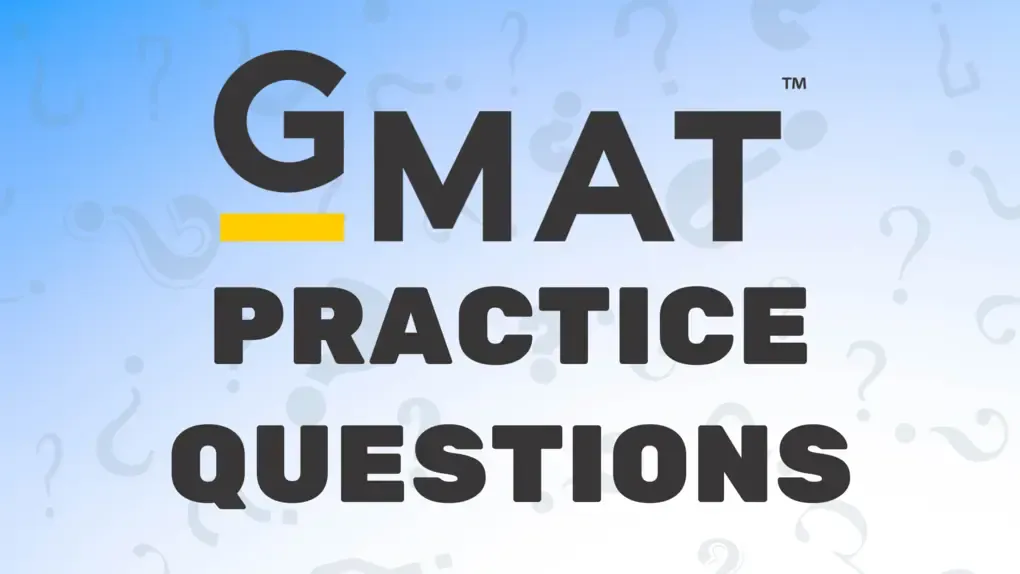Practice the GMAT More Effectively with Advanced and Adaptive Tools

Preparing for the GMAT can feel like running a marathon with no clear finish line. Many test-takers hit a plateau, not because they lack intelligence or work ethic, but because their preparation methods don’t evolve as their learning needs change. Traditional prep materials often follow a rigid, one-size-fits-all approach. But the GMAT doesn’t just test your ability to memorize formulas or recall grammar rules—it evaluates how you think under pressure, how you adapt, and how efficiently you solve problems. That’s where advanced adaptive tools come into play and make a substantial difference.
Ask anyone who has recently scored 720 or higher, and you’ll likely find they didn’t just complete practice books or take random mock tests. They used smart, data-driven tools that customized their study plan based on real-time performance. These adaptive tools offer dynamic feedback and intelligent question delivery, allowing you to sharpen your GMAT practice in ways that static prep materials can’t.
If you’re serious about boosting your GMAT score, it’s time to move beyond old-school test prep and embrace a smarter, more flexible approach.
What Makes Adaptive GMAT Practice Work?
Unlike static test prep platforms, adaptive systems evolve as you learn. They assess your pace, track your mistakes, and adapt to your progress in real time. This means your study sessions are more focused and efficient, with minimal wasted effort on topics you’ve already mastered. Instead, you’re constantly operating in that productive struggle zone—where real learning and growth occur.
Here’s how adaptive GMAT tools work to your advantage:
-
Question Difficulty Calibration: Based on your previous responses, these systems adjust the level of difficulty in real time. As you improve, the questions get harder, ensuring that you’re always challenged appropriately.
-
Error Pattern Analysis: They detect trends in your mistakes—such as misreading Data Sufficiency (DS) conditions or rushing Sentence Correction (SC) answers—and then tailor future practice to address those specific flaws.
-
Time Management Tracking: These tools provide analytics on how long you take per question type. They then suggest timing benchmarks, helping you avoid spending too long on any one question and improving your pacing under exam conditions.
Real-World Success: Adaptive Practice in Action
One community user shared how their score had plateaued at 660 for several weeks despite consistent studying. After switching to an adaptive practice platform, they noticed major improvements: quicker decision-making, fewer silly errors, and more accurate pacing. Within two weeks, their mock scores jumped to 710. By week four, they consistently hit the low 700s. This isn’t an isolated case—it reflects a growing trend among successful test takers who embrace data-driven preparation.
Comparing Adaptive Tools: Which Metrics Actually Matter?
Choosing the right tool can be overwhelming, especially with so many options on the market. To help, here’s a breakdown of key features to look for when comparing static vs. adaptive GMAT prep tools:
| Feature | Static Tools | Adaptive Tools |
|---|---|---|
| Custom Difficulty Adjustment | No | Yes |
| Real-Time Performance Feedback | Limited | Full |
| Timing Strategy Suggestions | No | Yes |
| Targeted Reinforcement of Weak Areas | Manual | Automatic |
| Predictive Score Analytics | No | Yes |
The takeaway? Adaptive tools don’t just offer more features—they offer better learning outcomes. By targeting weaknesses automatically and giving real-time feedback, they allow test takers to progress faster and more efficiently.
Personalized Practice for Verbal and Quant: Why It Matters
Not all adaptive tools are built equally, and their impact can vary across GMAT sections. For Quantitative practice, these platforms help manage overconfidence—especially for STEM students who think they’ve mastered the basics. Complex word problems, inequalities, and number properties can still trip up confident math students. Adaptive drills quickly expose and address these blind spots, ensuring no surprises on test day.
For the Verbal section, the benefits are even more dramatic. Tools can highlight recurring issues in Sentence Correction, pinpoint areas where Critical Reasoning goes astray, or measure fatigue levels in Reading Comprehension (RC). For example, several users have reported switching from long, draining 60-minute reading sessions to focused 20-minute RC drills tailored to their personal reading speed and attention span. This adjustment not only minimized burnout but also increased accuracy rates by over 15%.
How to Use Adaptive Tools Strategically
Just subscribing to an adaptive tool isn’t enough—you need to use it wisely. High-scoring GMAT candidates often share a similar weekly habit: they don’t just practice—they reflect on their performance and adjust accordingly.
Here’s a sample strategy for structured, effective use:
-
Set a Weekly Review Session: Reserve one hour every Sunday to analyze your performance data. Review trends in errors, timing, and accuracy.
-
Target Weak Areas: Focus the next week’s study sessions on the bottom 20% of your topic performance. Most tools will show this in dashboards or charts.
-
Simulate Real Test Conditions: Use built-in timers to replicate real test pressure. Practice makes perfect, but realistic practice makes better.
-
Avoid Comfort-Zone Studying: Use topic-specific analytics to steer clear of over-practicing your strengths. It’s tempting to stick to what you know, but growth happens outside your comfort zone.
Final Word
Today’s adaptive GMAT practice tools are far more than question banks—they are intelligent learning platforms. These tools function like experienced study partners or private tutors, constantly analyzing your behavior, identifying weak points, and pushing you toward improvement. In many cases, they’re catching patterns even seasoned human tutors might miss.
The structure of the GMAT hasn’t changed drastically over the years, but the technology used to prepare for it has evolved rapidly. And students who take full advantage of these innovations are walking into the test center more confident, more prepared, and more likely to succeed.
So, as you continue your GMAT prep journey, remember: it’s not just about how much you practice—it’s about how intelligently you practice.





